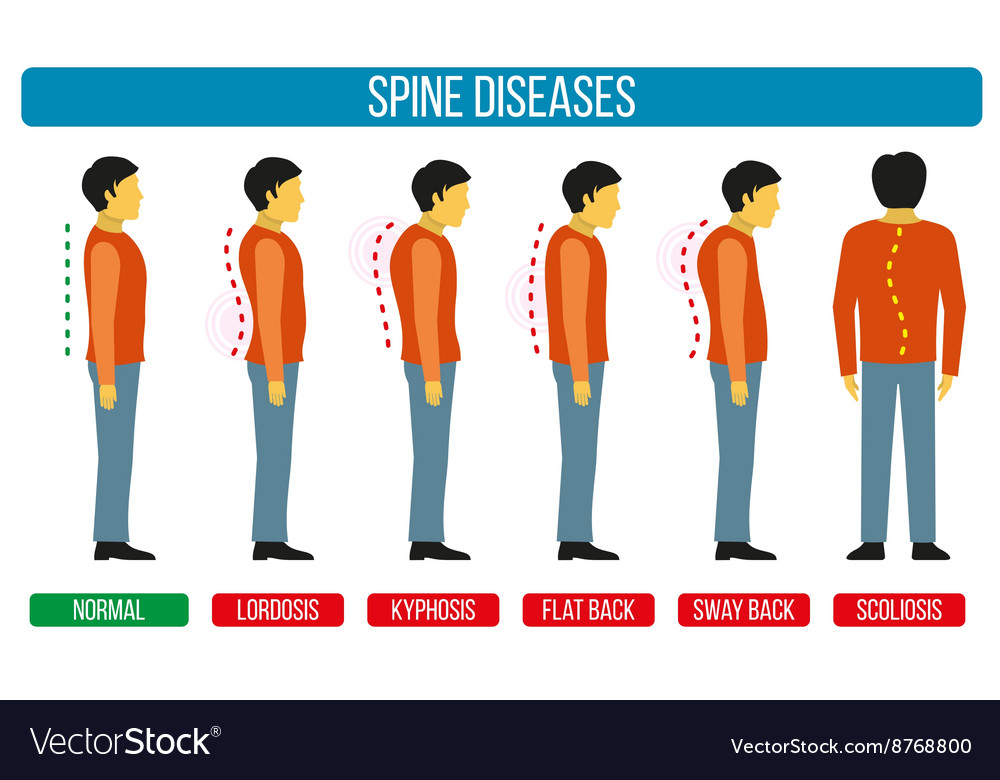Why Does Soft Tissue Therapy Hurt? Recognizing The Refine
Why Does Soft Tissue Therapy Hurt? Recognizing The Refine
Blog Article
Write-Up Composed By-Boysen Conradsen
When you undertake soft Tissue treatment, you might discover it remarkably unpleasant. This discomfort emerges as stress is applied to strained muscles and damaged cells, activating your discomfort receptors. While it can really feel stressful in the moment, there's a factor behind this experience. Comprehending what occurs in your body throughout these treatments can assist you value the procedure. So, just what is going on underneath the surface area?
The Physiology of Discomfort During Soft Tissue Therapy
When you undergo soft Tissue therapy, your body's response to pain is a complex interplay of physiological procedures. As the specialist uses stress, your body activates pain receptors, sending out signals to your mind. This triggers the launch of natural chemicals, such as compound P and glutamate, which magnify the sensation of discomfort.
Your muscular tissues might additionally tighten in reaction, additional complicating the experience. Additionally, your body might launch endorphins, natural medicines that can assist relieve some pain.
The interaction in between these procedures can create an one-of-a-kind experience for each and every individual. Comprehending this physical response helps you browse the sensations during treatment, enabling you to appreciate the balance in between discomfort and the possibility for healing advantages.
The Role of Pain in the Healing Process
Although discomfort throughout soft Tissue therapy can really feel overwhelming, it plays a crucial function in the healing process. When accent coffee mug experience discomfort, your body is signifying that it's functioning to fix damaged tissues. This reaction aids enhance blood flow to the afflicted area, supplying necessary nutrients and oxygen needed for healing.
In addition, discomfort can promote the launch of endorphins, your body's natural painkillers, creating a sense of alleviation post-treatment. Embracing this discomfort can aid you comprehend your body's limitations and encourage you to deal with underlying concerns.
While it's awkward now, this procedure is necessary for lasting healing and improved function. Acknowledging discomfort as a vital part of recovery can encourage you to stay dedicated to your therapy.
Tips for Managing Pain Throughout and After Therapy
Managing discomfort throughout and after soft Tissue therapy can substantially boost your general experience and recovery.
To start, interact openly with your therapist concerning your pain degrees; they can change strategies accordingly. Utilizing deep breathing methods can likewise help you kick back and minimize pain.
Take into consideration applying ice to the cured location post-session to minimize swelling and numb pain. Remaining hydrated help in the recuperation procedure, so drink a lot of water.
Mild extending and light movement after therapy can promote blood flow and ease stiffness. Finally, guarantee you obtain ample rest to enable your body to recover.
Applying these pointers can make your soft Tissue treatment more workable and satisfying.
Conclusion
To conclude, while soft Tissue treatment can be uncomfortable, it's important to identify that this pain plays an important role in your healing trip. By recognizing https://andresrmhbw.weblogco.com/33179344/what-if-a-basic-sporting-activities-massage-therapy-could-unlock-your-peak-performance-and-avoid-injuries-discover-the-unexpected-benefits-that-can-transform-your-athletic-journey at play, you can come close to the treatment with a much more positive attitude. Keep in mind, the preliminary pain commonly gives way to relief as your body releases endorphins. Welcome the process, and don't think twice to utilize the tips for managing pain to boost your experience and healing.
